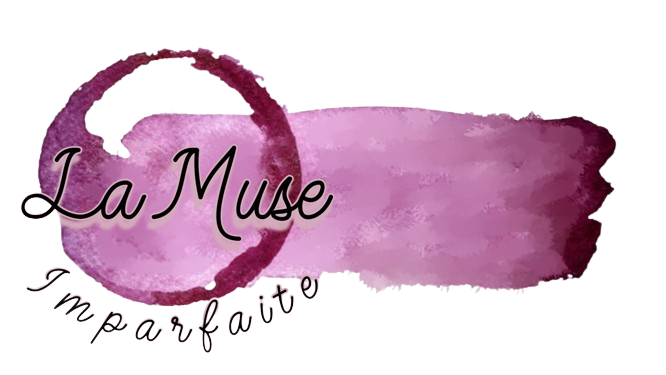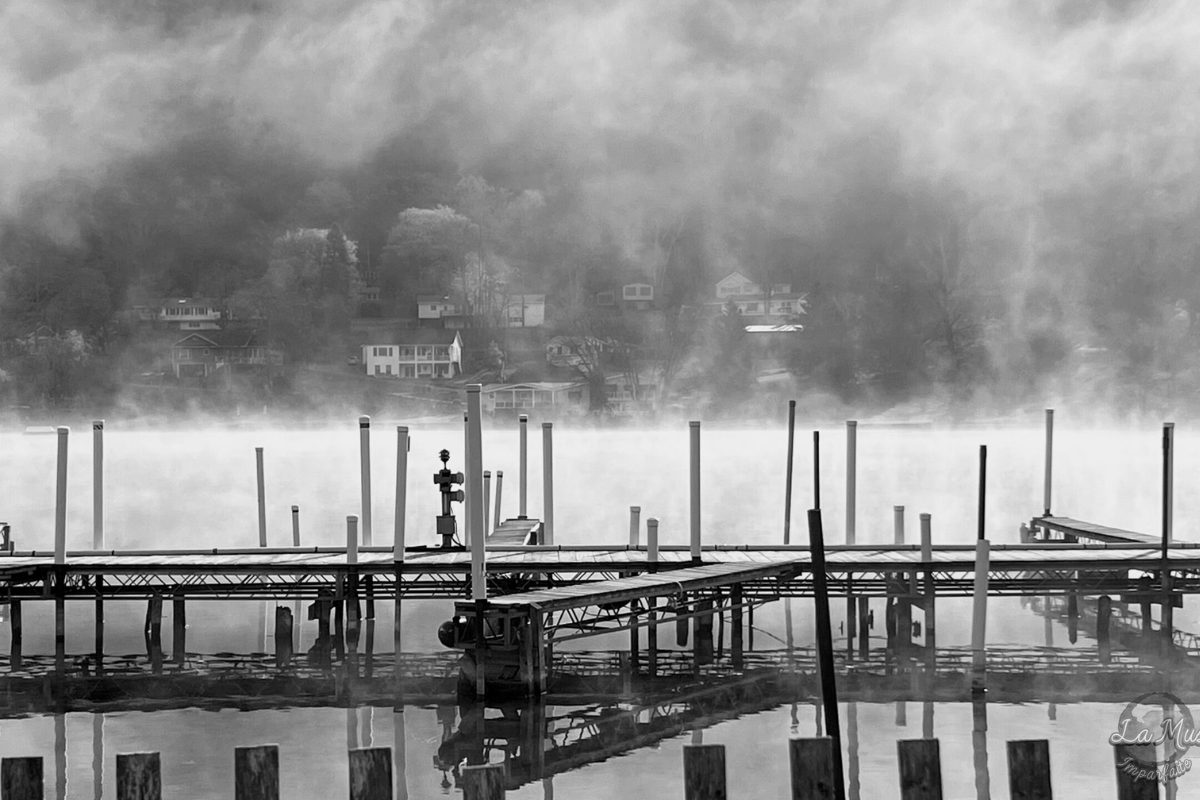Regular vs. High-End Photography: A Complete Comparison
Photography is an essential part of visual storytelling, but not all photography is the same. The difference between high-end photography and regular photography lies in the level of expertise, equipment, and post-processing techniques used. Whether for personal, commercial, or artistic purposes, understanding these differences helps in choosing the right approach for specific needs.
1. Understanding Regular Photography
Regular photography is commonly used for everyday moments, social media, casual portraits, and general event coverage. It typically involves:
- Standard cameras and lenses – Entry-level or mid-range DSLR or mirrorless cameras.
- Natural lighting or basic flash – Often relies on available light sources with minimal artificial lighting.
- Basic composition techniques – Simple framing without advanced artistic direction.
- Minimal post-processing – Light edits for color correction and contrast adjustments.
This type of photography is widely used for family photos, travel photography, and small business content creation.
2. What Defines High-End Photography
High-end photography is a professional and artistic approach that focuses on capturing images with the highest level of precision and detail. It is used in fashion, luxury branding, advertising, and fine art photography.
Characteristics of High-End Photography
- Advanced camera systems – Full-frame or medium format cameras that offer exceptional resolution and dynamic range.
- Professional lighting setups – Controlled lighting with strobes, softboxes, and reflectors to enhance the subject.
- Detailed composition – Every shot is meticulously planned to create a visually compelling image.
- Extensive post-processing – High-end retouching and editing to achieve a polished and flawless final image.
3. Key Differences in Equipment
Cameras and Lenses
Regular photography often utilizes consumer-grade cameras, while high-end photography requires professional camera systems with high-resolution sensors and specialized lenses.
Regular photography commonly uses:
- Entry-level DSLRs and mirrorless cameras
- Zoom lenses and kit lenses
High-end photography involves:
- Full-frame or medium format cameras for superior image quality
- Prime lenses with wide apertures for better depth of field and sharpness
- Specialty lenses, such as tilt-shift for architecture or macro lenses for product photography
Lighting and Accessories
Lighting plays a significant role in differentiating high-end photography from regular photography.
Regular photography typically relies on:
- Natural lighting
- Basic on-camera flashes
High-end photography incorporates:
- Studio strobes, continuous lights, and diffusers
- Reflectors and modifiers to control light intensity and shadows
- Light meters and color calibration tools for precise color accuracy
4. The Role of Post-Processing
One of the most defining aspects of high-end photography is the level of detail in post-processing.
Regular Photography Editing
- Light adjustments in brightness, contrast, and saturation
- Simple cropping and framing corrections
- Quick touch-ups for minor imperfections
High-End Photography Editing
- Advanced retouching, including skin smoothing and blemish removal
- Color grading for a professional and artistic finish
- Focus stacking and composite editing for enhanced sharpness
- Background enhancements and fine detail refinement
5. Creative Direction and Artistry
In regular photography, composition follows basic framing and perspective techniques with minimal creative styling. The focus is usually on capturing a scene as it appears.
High-end photography involves artistic direction and concept development, including:
- Carefully chosen props, backgrounds, and styling elements
- Custom lighting setups for mood and emphasis
- Collaboration with creative teams, including stylists and art directors
6. Applications of Regular vs. High-End Photography
Regular photography is widely used for:
- Casual portraits and family photography
- Travel photography and social media content
- Event photography with minimal editing
High-end photography is essential for:
- Fashion and editorial photography
- Luxury product and brand marketing
- Architectural and fine art photography
7. The Future of High-End Photography
The world of high-end photography is evolving with technological advancements. Artificial intelligence, ultra-high-resolution sensors, and 3D imaging are pushing the boundaries of what is possible.
Photography continues to grow as a powerful medium for storytelling, branding, and artistic expression. Understanding the differences between regular photography and high-end photography ensures that the right approach is chosen for every project.
Final Thoughts: Which Photography Style Suits You
Choosing between regular photography and high-end photography depends on your needs, budget, and creative expectations. If you are looking for artistic excellence, premium quality, and refined editing, La Muse Imparfaite is here to bring your vision to life.
For inquiries about professional photography services, contact us today!



